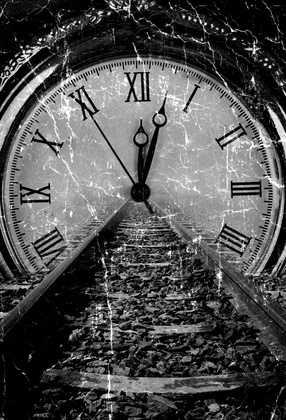How you tell your story depends on what is important to you.
How you write it, the message you wish it to leave with your reader is your unique decision as the author of your family history story. How you frame this story compared to how I would frame the same story is what sets us apart. It’s what you as the writer; the artist brings to the story and the page.
There are three concepts you can consider when it comes to shaping the message of your family history story.
As you begin to develop your family history story plot, get to know your ancestors as characters. Consider plotting their conflict and obstacles on a story map so that you will start to see beyond just the structure of your story. You acquire some ideas, thoughts and messages that will help you to develop your story and offer a deeper meaning for your reader.
While it’s important to understand the story question, and the theme behind your story it’s also important to comprehend why you are writing this story. Why are you willing to take time away from another area of your life to develop this story? What is it you want to say and why? Where is this story coming from inside you? If you understand the answers to those questions not only will you have a stronger story, you’ll find the discipline to stay focused and complete your story.
Keep revisiting and refining the theme and the dramatic question until you know the point, the message you are trying to make. Bear in mind, you may not recognize this right away, but as you write your first draft and even through your revisions you’ll begin to see the message of your family history story.
Let’s look at each of these three important concepts.
Theme
The theme is the first concept you’ll look to in relaying a message in your family history story. We touched on it briefly when we discussed focus and the 6-word family history. The theme is what you are trying to say about your family history, a particular ancestor or family unit. It may reflect your perspective on life, humanity, the world, or whatever is important to you. It is the message you want to convey to your readers.
Story Question
The story question is the question the reader wants answered. How are you going to resolve this question for the reader? What is the dilemma, the challenge the ancestor wants to have resolved. How is the ancestor’s problem going to be resolved? The question you choose to spotlight and subsequently answer is again one of those unique choices you get to make as the author. One of those choices you make about what you want to focus on in your family history story and the larger message you are delivering to the reader. Consider the story question you have chosen and why you have chosen it.
Your Story Motivation
Your story motivation is not to be confused with your ancestor’s motivation. Rather we are considering what is motivating you, the author to write this story. Where is your story coming from? Consider why is this story important to you? What are you trying to say? Why did you choose this particular ancestor, this particular story? What was your motivation to tell this story? Why does it resonate with you? By taking a few minutes to address your motivation, you’ll help to understand both the story question and theme that you wish to convey to your reader.
By considering theme, the story question, and the motivations behind your decisions and subsequently their relationship to one another, you place yourself on the path to developing a stronger, in-depth and resonating story for your readers. You not only build a story but you deliver a message to your reader that will stay long after the last page.


